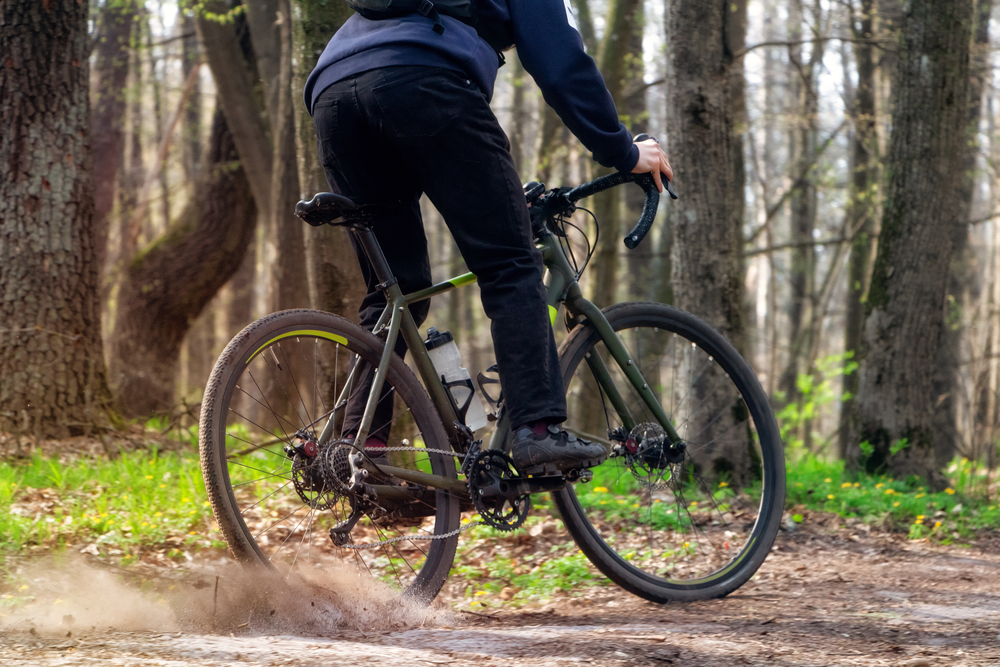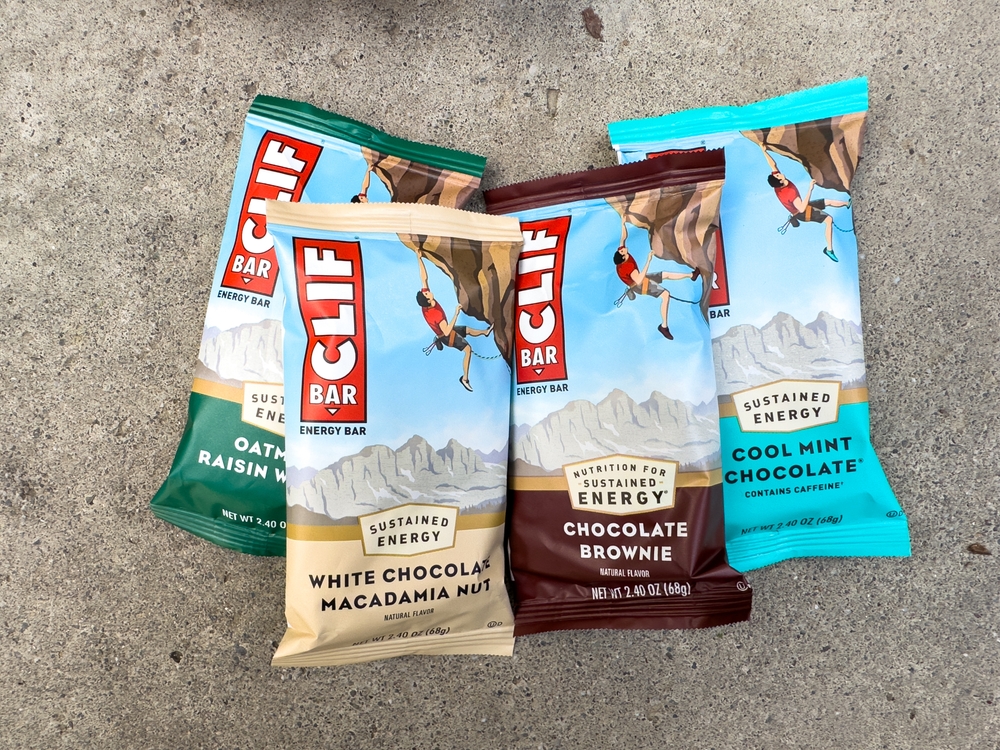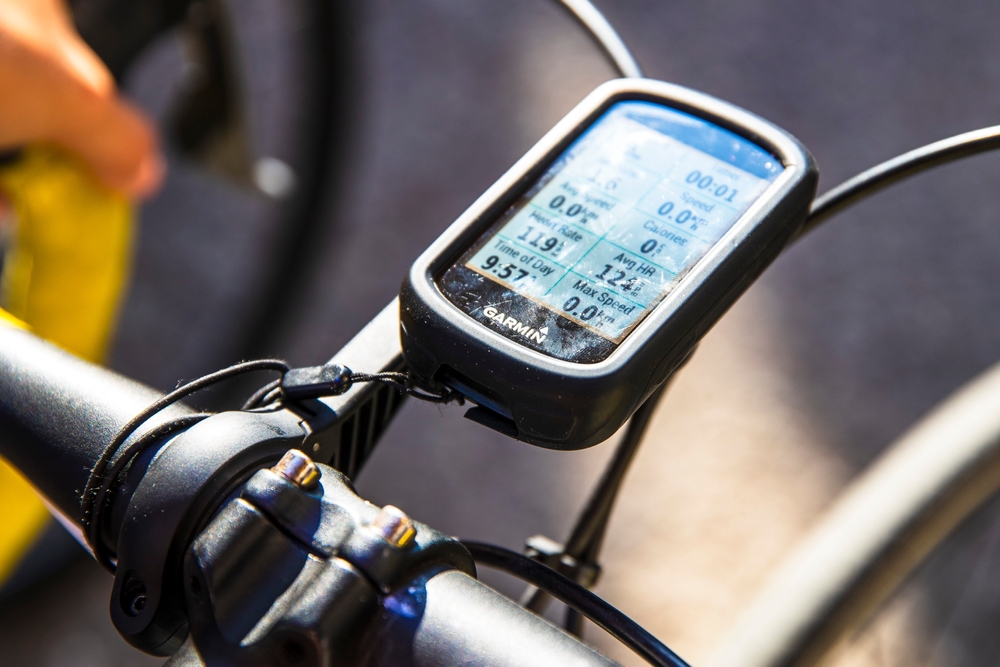Understanding Bike Tire Valve Types
When it comes to cycling, the type of valve on your bike tire might seem like a minor detail, but it holds significant importance. Different valves cater to different bike types and usage scenarios. This guide will walk you through the main types of bike tire valves, their uses, and how to maintain them.
Schrader Valve
The Schrader valve is probably the most familiar to many, often found on car tires and many recreational bicycles. This type of valve is known for its robustness and ease of use. A Schrader valve comprises a stem surrounded by a threaded outer wall. In the center, there is a spring-loaded pin that helps to keep it closed.
- Common in mountain bikes, hybrid bikes, and older bicycles.
- Compatible with most air compressors and gas station pumps.
- Typically considered more durable and less prone to bending or breaking.
Inflating a tire with a Schrader valve is straightforward. To check the pressure or inflate the tire, remove the cap, press the pump onto the valve, and secure it firmly. To deflate, press down the pin inside the valve stem.
Presta Valve
Presta valves are most commonly found on road bikes and higher-end mountain bikes. They are narrower and taller than Schrader valves and have a locking nut at the top to secure the valve when it is closed. Presta valves are designed to handle higher air pressures cater to performance cycling.
- Used in road bikes, racing bikes, and some mountain bikes.
- Better suited for high-pressure tires due to their smaller diameter.
- Requires a specific pump head or an adapter to inflate.
To inflate a Presta valve, unscrew the top locking nut until it moves freely. Attach the pump and inflate to the desired pressure. After inflating, tighten the locking nut back down. Presta valves also make it easier to fine-tune tire pressure due to their design.
Dunlop Valve
Dunlop valves, also known as Woods valves, are less common but still used in some parts of Europe and Asia. They combine features of both Schrader and Presta valves with a similar appearance to Schrader but a mechanism more like Presta.
- Used mainly in Europe and Asia on basic commuter and city bikes.
- Compatible with both Schrader and Presta pump heads, often needing an adapter.
- Easier to inflate with a manual pump compared to other valves.
Inflating and maintaining Dunlop valves involves unscrewing the cap and attaching a compatible pump head. They are usually simpler to replace due to their universal fit in many tubes, making them a practical choice for everyday cyclists.
Choosing the Right Valve
When deciding which valve is best for your bike, consider these factors:
- Type of Bike: Road bikes benefit from the high-pressure capabilities of Presta valves. Mountain bikes and hybrid bikes generally use Schrader valves for their durability.
- Pump Compatibility: If you frequently use gas station air pumps, a Schrader valve might be more convenient. However, dedicated bike pumps usually can handle both valve types with the right attachments.
- Maintainability: Presta valves offer fine-tuning and better high-pressure performance nuances. Schrader valves are easier to maintain due to their widespread use and robust design.
Maintaining Your Bike Valves
Proper maintenance of bike valves can extend the life of your inner tubes and ensure a safer, smoother ride. Here are some tips:
- Regular Checks: Periodically check the valve stems for any dirt or debris. Clean them with a soft cloth to prevent build-up.
- Protecting Valve Cores: Always replace the valve caps after inflating your tires. Valve caps prevent dirt and moisture from entering the valve core.
- Inspect for Damage: Look out for signs of wear or damage, such as cracks or bends. Replace any faulty parts as needed.
- Use Correct Pump Heads: Ensure your pump head fits correctly. A poor fit can damage the valve stem over time.
Understanding the different types of bike tire valves and their specific uses can help you select the right equipment and maintain your bike more effectively. Whether you choose Schrader, Presta, or Dunlop, knowing how to work with each valve type will ensure a smooth and efficient process for inflating and maintaining your bike tires.






